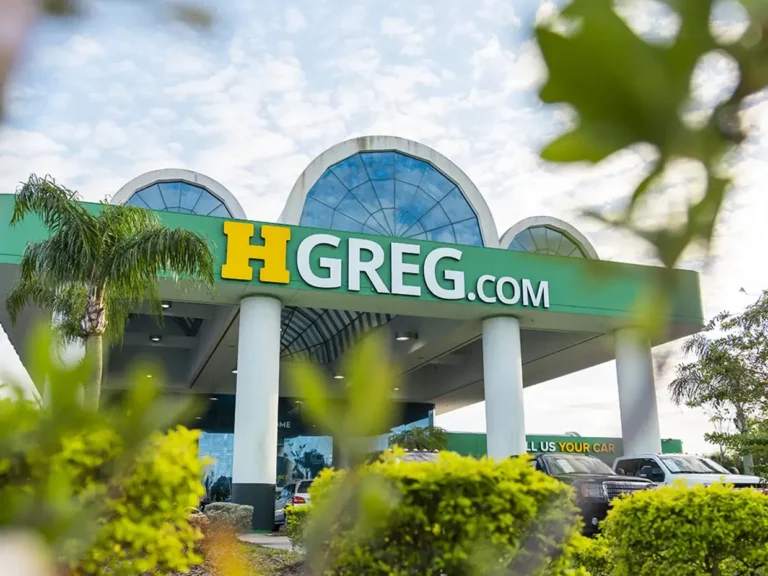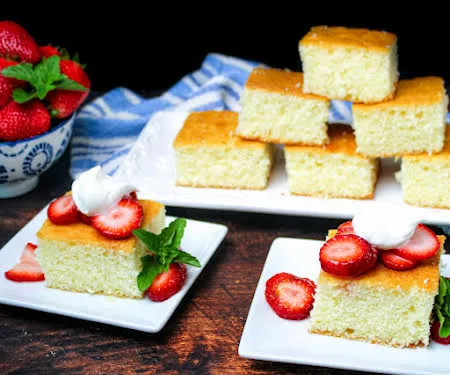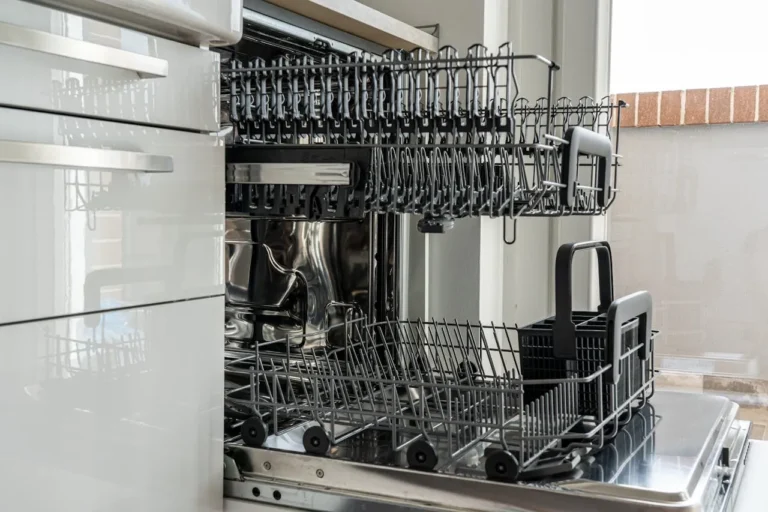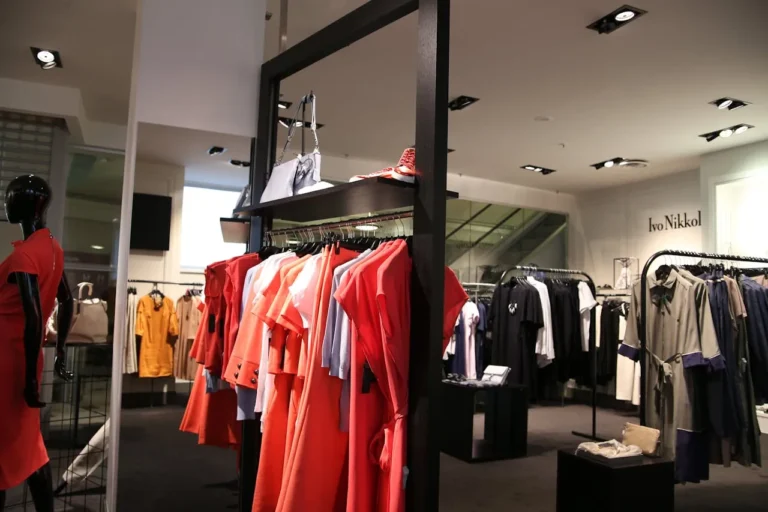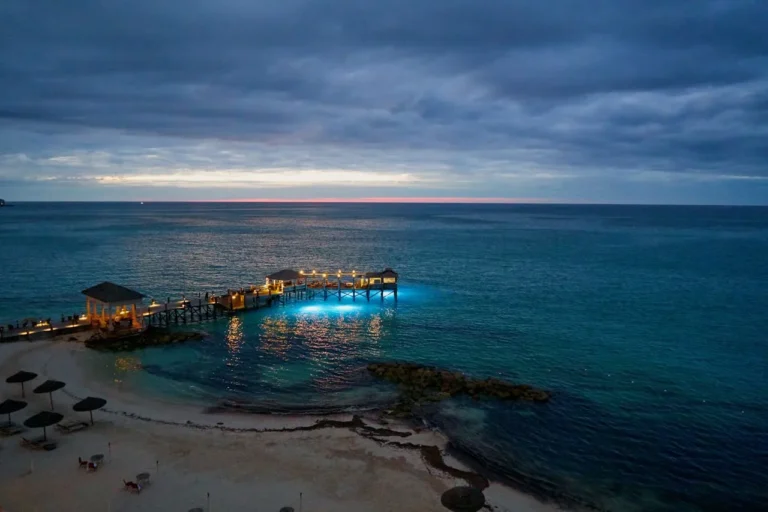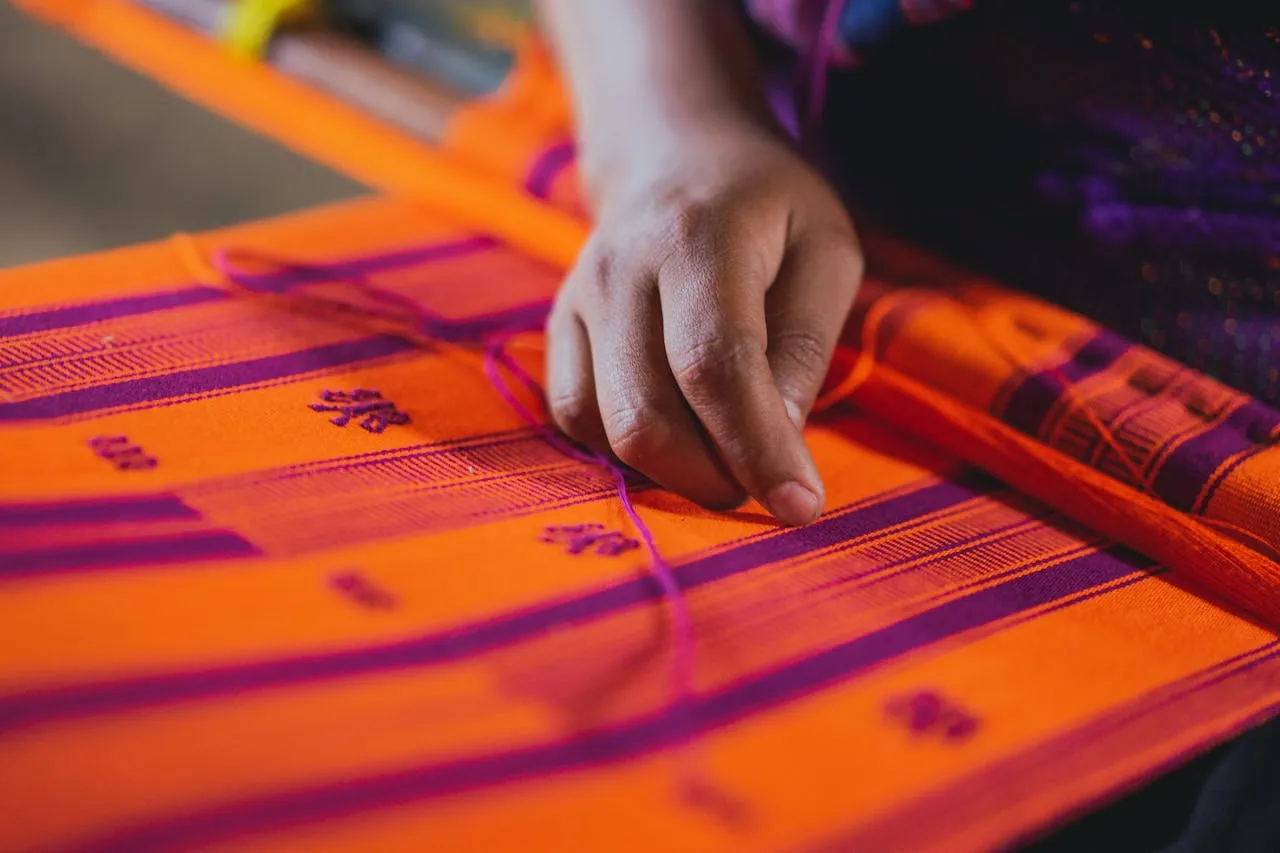
The European Fabric Fairs For Autumn/Winter 2025/26 by Textiles Intelligence Ltd
The report titled Survey Of The European Fabric Fairs For Autumn/Winter 2025/26 by Textiles Intelligence Ltd. has been added to ResearchAndMarkets.com’s portfolio. The European fabric fairs for the autumn/winter 2025/26 season have proven to be an important stage for showcasing key trends in textiles, design, and colour for the upcoming season. These events offered an array of exciting fabric displays, offering a glimpse of the innovations set to influence fashion and interior design. They also spotlighted new developments in various fabric types, including denim, embroidery, fur, lace, leather, shirting, and silk. Here is an in-depth analysis of the most notable trends and developments observed at these fairs.
Key Colour Trends
When it comes to colour, the 2025/26 autumn/winter season promises bold statements, with two main hues rising to prominence: red and green. Red, particularly bright, fiery shades of fire engine red, dominated the colour landscape across several collections. This vibrant red symbolises energy and passion and is expected to make a bold statement in the upcoming season. Designers have chosen this bold colour to make a dramatic impact, reflecting a season of emotional intensity and eye-catching appeal.
Green also featured heavily at the fairs, as it continued to emerge as a key colour trend. Various shades of green, from deep forest greens to brighter, more vivid tones, were on display. This colour is symbolic of renewal, nature, and tranquillity, providing a strong contrast to the fiery reds seen throughout the season. The balance of red and green in the collections reflects the season’s overall theme of bold contrasts and dynamic energy.
Prints and Patterns
Prints and patterns were significant elements of the fabric fairs, with designers focusing on abstract and expressive designs that offer a sense of creativity and unpredictability. These designs are not only visually striking but also evoke a sense of artistry and free-spirited expression. The most popular prints featured intricate marbling effects, which create a sense of fluid movement across the fabric’s surface. Ombre effects were also a recurring theme, where the gradual transition between different hues provided a sophisticated, understated aesthetic.
Another notable pattern was crackled, mottled, and peppered mark-making, which has become synonymous with a sense of timelessness and organic imperfection. These designs give fabrics a textural, almost weathered look, playing into a larger narrative of authenticity and individuality. Such designs are particularly fitting for those who wish to break away from more traditional or predictable fabric patterns, leaning instead toward more creative, free-flowing designs that make a statement.
Vintage and Distressed Designs
Many of the designs showcased at the fabric fairs had vintage-inspired qualities, with several fabrics demonstrating aged, distressed, and faded appearances. This design choice is a direct nod to the continued rise of nostalgia and a growing appreciation for the worn, well-loved textures that evoke a sense of history and character. By incorporating these vintage elements into contemporary fabrics, designers can offer a sense of timelessness that resonates with consumers looking for authenticity in their fashion choices.
This trend is particularly significant in a season that values decadence and glamour, where fabrics are not just beautiful but also carry a sense of heritage and craftsmanship. In line with this, many fabrics appeared worn or slightly weathered, giving them an added layer of personality and depth. These qualities are essential for anyone looking to make a fashion statement rooted in both contemporary and retro elements.
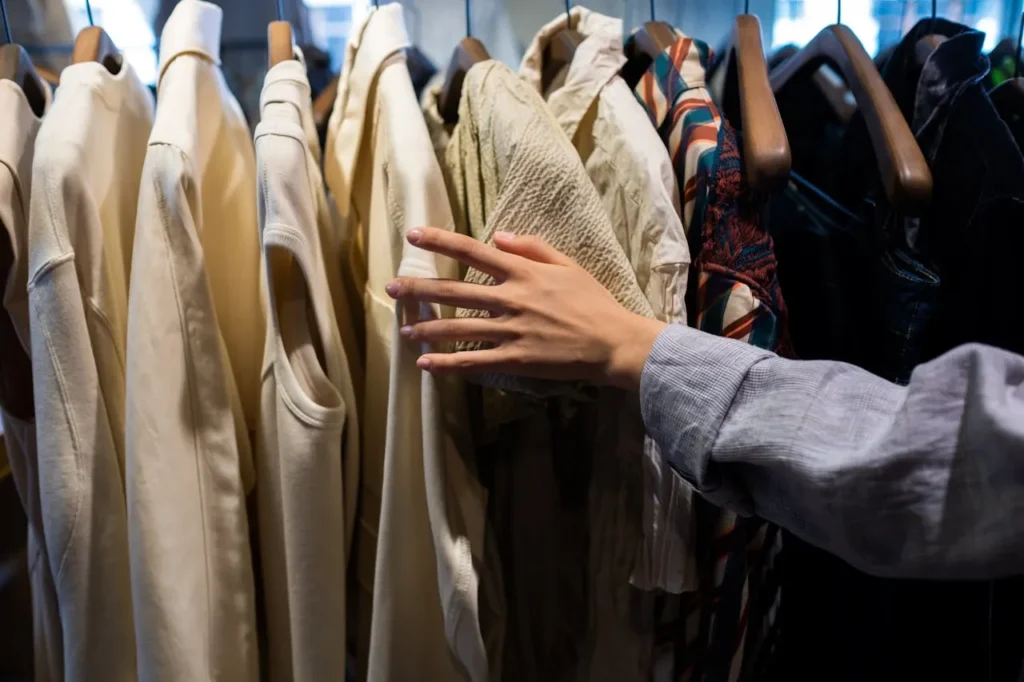
Fancy Fabrics and Glamour
Fancy fabrics took centre stage at the fairs, reflecting a prevailing trend for decadence and glamour. Eccentric jacquards, particularly in dark and metallic colour palettes, were abundant. These fabrics offer a sense of sophistication and opulence, ideal for high-fashion collections that aim to make an immediate impact. The interplay of dark tones and metallic accents adds an element of luxury and boldness to the designs, making them perfect for eveningwear, cocktail dresses, and other formal occasions.
Delicate organzas, feminine tulles, and luxurious satin fabrics were also prevalent throughout the exhibitions. These lightweight yet elegant fabrics embody the softness and femininity that are so highly sought after for the 2025/26 autumn/winter season. Whether used for voluminous evening gowns or for more subtle touches, these fabrics evoke a sense of grace and refinement, making them essential elements for designers looking to achieve an ethereal or romantic aesthetic in their collections.
Synthetic Fabrics: Artificial Suede and Fur
Artificial materials played a crucial role at the fabric fairs, with many exhibitors highlighting artificial suede and faux fur as key materials in their collections. With increasing awareness around sustainability and ethical practices in the fashion industry, synthetic alternatives to traditional leather and fur are becoming more popular. These fabrics provide the same luxurious look and feel but with a lower environmental impact, aligning with a broader trend towards conscious consumerism.
Artificial suede, in particular, was a prominent feature, with designers using it to create garments that mimic the softness and texture of genuine suede. Similarly, artificial fur was featured as a stylish and cruelty-free option for outerwear, providing warmth and elegance without the ethical concerns associated with real fur. The adoption of these materials marks a significant shift towards more sustainable fashion practices, showing the industry’s ability to innovate while remaining mindful of its impact on the planet.
Outerwear Fabrics: Functionality Meets Fashion
Outerwear fabrics were a critical area of focus at the fairs, reflecting a growing demand for both functionality and protection from the cold. With an increasing number of consumers seeking garments that provide warmth without sacrificing style, designers have been prioritising outerwear fabrics that offer both performance and aesthetic appeal. Wool fabrics, in particular, were prevalent across several collections, as they provide insulation and breathability while maintaining a sophisticated look.
These outerwear designs were crafted with functionality in mind, offering practical features such as water resistance, windproofing, and warmth, while maintaining high standards of fashion. This blend of performance and style is particularly relevant in today’s climate, where consumers expect their clothing to be versatile and adaptable to various weather conditions.
The Importance of Fabric Fairs
The fabric fairs are critical platforms for the global textile industry, providing a space for designers, manufacturers, and retailers to discover the latest trends, innovations, and materials. They offer an unparalleled opportunity for professionals in the textile and fashion industries to exchange ideas, collaborate, and stay ahead of the curve in terms of colour trends, fabric innovations, and emerging design concepts. These fairs also serve as a vital networking tool for suppliers, manufacturers, and buyers, helping to foster partnerships and secure business deals.
Who Should Buy This Report?
The Survey Of The European Fabric Fairs For Autumn/Winter 2025/26 report is invaluable for a wide range of stakeholders in the textile and fashion industries. Manufacturers of fibres, textiles, clothing, and chemicals will find the report essential for understanding the latest trends and anticipating future demand for fabrics and materials. Textile and clothing machinery manufacturers, particularly those involved in spinning, weaving, knitting, and sewing, will benefit from insights into the materials and technologies shaping the future of fabric production.
Brands and retailers, especially major names like Adidas, H&M, and other clothing giants, will find this report crucial for guiding their product development and purchasing decisions. Educational institutions, including universities and fashion schools, can also use the report as a resource for keeping their curriculum up-to-date with industry trends. Additionally, business consultancy firms, textile trade associations, and government trade bodies will find the report indispensable for market analysis and strategic planning.


